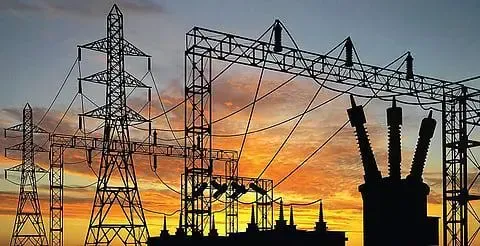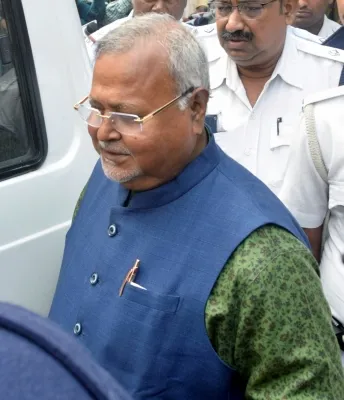How has Women’s Participation in the Formal Workforce Increased by 18.4% in Just 4 Years?

Synopsis
Key Takeaways
- Women’s LFPR has increased significantly to 41.7%.
- Government initiatives are driving this growth.
- Enhanced maternity leave provisions support working mothers.
- Protective labor laws ensure a safer work environment.
- EPFO data indicates a growing trend towards formal employment.
New Delhi, July 28 (NationPress) The involvement of women in the nation’s formal workforce is on a steady rise. According to the latest statistics, the estimated Labour Force Participation Rate (LFPR) for females aged 15 years and older has surged from 23.3% in 2019-20 to 41.7% in 2023-24 — a significant increase of 18.4% — as reported to the Parliament on Monday.
The Employees’ Provident Fund Organisation (EPFO) Payroll Data reflects the employment levels within the formal sector. In the year 2024–25, an impressive 26.9 lakh net female subscribers were registered with the EPFO, highlighting a trend towards formal employment, as stated by the Minister of State for Labour and Employment, Shobha Karandlaje, in a written response during a Lok Sabha session.
The government is actively promoting various initiatives to enhance the female LFPR, including the Pradhan Mantri Mudra Yojana (PMMY), Pradhan Mantri Kaushal Vikas Yojana (PMKVY), Stand-UP India Scheme, Startup India, Prime Minister’s Employment Generation Programme (PMEGP), Women in Science and Engineering- KIRAN (WISE-KIRAN), SERB-POWER (Promoting Opportunities for Women in Exploratory Research), Mission Shakti, Namo Drone Didi, and Lakhpati Didi, among others.
Additionally, the Union Cabinet has endorsed the Employment Linked Incentive (ELI) Scheme aimed at fostering job creation, improving employability, and ensuring social security across various sectors, with a particular emphasis on manufacturing.
As per the minister, several protective measures have been integrated into labor laws to guarantee equal opportunities and a supportive work environment for women workers. The Code on Social Security, 2020 includes enhancements such as an increase in paid maternity leave from 12 weeks to 26 weeks, mandatory crèche facilities in establishments with 50 or more employees, and provisions allowing female workers to take night shifts with adequate safety precautions.
The Ministry of Women and Child Development is executing the ‘Palna’ component under Mission Shakti, focusing on providing daycare facilities and safeguarding children. Under this initiative, the Ministry has extended free childcare services through Anganwadi cum Creches (AWCC).









